Dominican Republic History
and the Noble Taino
The Tainos were a big part of the Dominican Republic History.
But things changed when Christopher Columbus arrived...
|
In the beginning the Arawak |
|
They used this name to separate themselves from the
more warlike Arawaks called The Caribs.
When Cristobal Colon (Spanish for Christopher Columbus)
arrived in 1492, he landed on the North Coast of the island.
He named
this island La Española or Hispaniola. He also
called the indigenous people "Indians" because he thought
he had reached the east coast of India.
Looking for something about Domincan Republic History?
Soon after he started building a fortress. He noted in his journal:
“I
have ordered a tower and fortress to be constructed and, a large cellar,
not because I believe there is any necessity on account of the natives,
I am certain the people I have with me could subjugate all this island …
as the population are naked and without arms and very cowardly."
He
called this fortress La Navidad because it was founded on Christmas Day.
La Isabela, First Settlement in the New World
|
La Isabela was founded by Christopher Columbus during
his second voyage in 1493. This was after discovering that the fort La
Navidad, had been totally destroyed by the native Taino people. Columbus
was told by nearby Tainos that the settlers had mistreated the natives,
who retaliated by killing all of them. This second settlement was named
"La Isabela" in honor of the Queen of Spain Isabella the Catholic or Elizabeth the Catholic. This is where the city of Puerto Plata is in present time. |
The Taino Massacre
Cristobal Colon liked
this island for its gold and the
convenient location. Also, the natives
where mild-mannered
and easy to control. The Spanish wanted to convert
the Tainos to Christianity. They also enslaved many of
them under The Encomienda System.
The Encomienda System was a Spanish legal system that allowed
the new settlers to force the indigenous people to work for them.
Although the Tainos were peaceful by nature they couldn't take the
abuse of their women and the hard labor they were made to endure.
So in 1495 they rebelled against the
Spanish. But unfortunately the
Spanish defeated them. In this unfair
Dominican Republic history
those Indians who didn't die fighting died
from infectious diseases.
Diseases like smallpox and the flu
brought on by the Europeans.
The Taino people had no immunity against
these diseases.
Other causes of death were abuse, the break up of
family,
starvation, enslavement, torture and even suicide.
As the Taino population started to disappear, the Spanish began
to bring slaves from Africa. By 1524, that is only 30 years after Christopher Columbus' arrival, the natives of Hispaniola were nearly wiped out.
Santo Domingo, the New Settlement
Santo Domingo, the Dominican Republic's capital, was founded by Bartholomew Columbus, Christopher's brother, in 1496. The city has many historical sites. "El Alcazar de Colon" was built by Diego Colon (Cristobal Colon's son) in 1510.
Dominican Republic History
The Alcázar de Colón was the colonial palace of the Columbus
family, beginning with his son Diego. Now it is a museum
displaying period
furniture and decorations.
Santo Domingo counts with the first Catholic cathedral, the First
University and the very first hospital in the New World.
Faro a Colon, Dominican Republic History
The Columbus Lighthouse (Faro a Colón in Spanish) is a monument
located
in Santo Domingo in tribute to Christopher Columbus.
It is said that
Columbus remains are in the mausoleum.
It was inaugurated in 1992 for the 500th anniversary of the Discovery of America. It was funded by the Latin American states and cost several million dollars. The monument is both a mausoleum and a museum. Its architecture is cross-shaped and represents the Christianization of America.
The monument is a sore and controversial
subject in
Dominican Republic History. The lighthouse has 147 giant
beams
projecting a cross of light 3,000 ft. into the Caribbean night
that can be
seen from as far as Puerto Rico.
They don't turn on the lighthouse
anymore and they haven't
done so in some years, because every time the
lighthouse
was turned on, the rest of the city was turned off.
Go from Dominican Republic History to Culture
Go to Dominican Republic Beaches
Go to Food
All content (including text, photographs and video) is copyrighted.

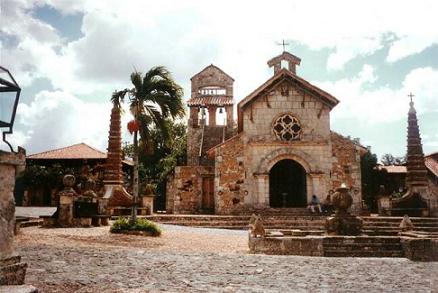
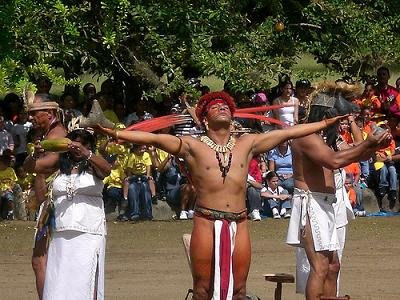
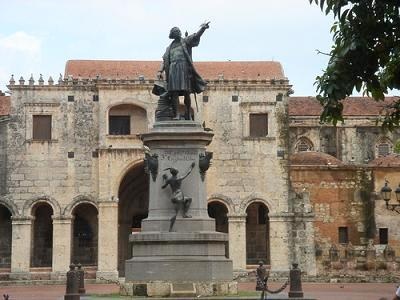
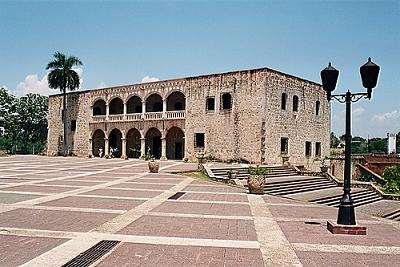
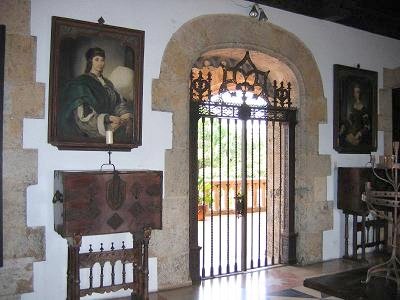
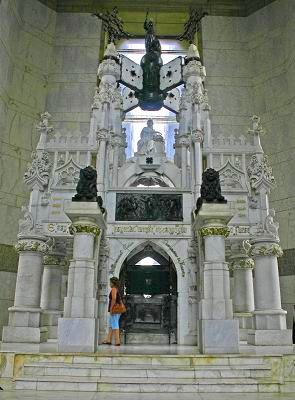
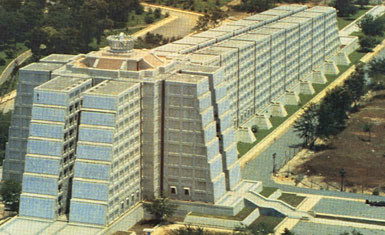


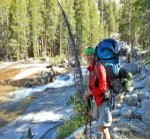

New! Comments
Have your say about what you just read! Leave me a comment in the box below.